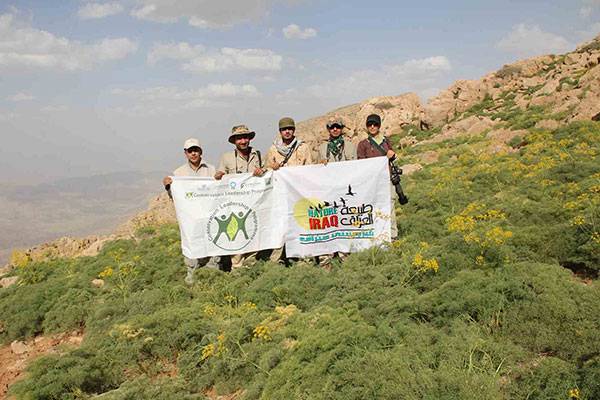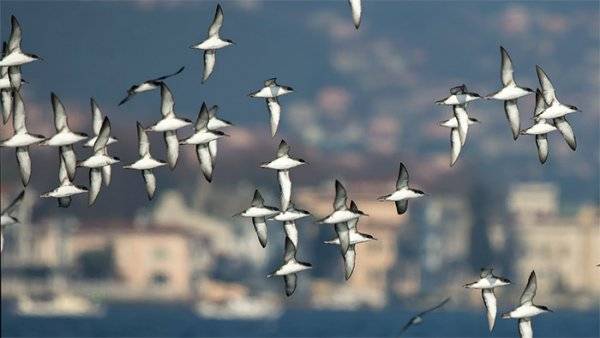Guest blog by Zülfü Ferecli
I recently concluded a 10-month journey as a European Solidarity Corps (ESC) volunteer in Croatia, working with the host organization BIOM, BirdLife International’s esteemed partner in the country. This experience marked a pivotal chapter in my life as a young birder and conservationist from Azerbaijan—a country where opportunities in biodiversity conservation are limited. With currently no Birdlife International partner organization in Azerbaijan, bird conservation efforts are driven primarily by dedicated individuals like myself, often with support from the Ornithological Society of the Middle East (OSME) and other international organizations. Witnessing first-hand the structured, large-scale conservation efforts in Croatia, an EU member state, was an invaluable learning experience and a significant milestone in my professional development.
I’m sharing my story to inspire other young nature enthusiasts (aged 18 to 30) to seize similar opportunities. ESC programs offer not only a chance to make a positive environmental impact but also an incredible platform for personal growth, cross-cultural exchange, and immersive learning.
Situated along the stunning Mediterranean coast, Croatia boasts an impressive variety of habitats that support a rich diversity of species. During my time with BIOM, I contributed to two major LIFE projects that are making a tangible difference in conservation.
1. LIFE Support Project: Saving Croatia’s Griffon Vultures
Griffon Vultures (Gyps fulvus) are Croatia’s last remaining breeding vulture species, playing a vital role in maintaining healthy ecosystems by scavenging carcasses and controlling disease. However, their survival has been threatened by reduced food availability due to declines in livestock farming and the persistent danger of poisoning from predator baits.
BIOM and Public Institution Priroda, with support of other partners on the project, have worked to reverse these trends, achieving remarkable success. In 2024, Croatia’s Griffon Vulture population reached a record-breaking 152 breeding pairs—a significant increase from previous estimates of around 130 pairs.
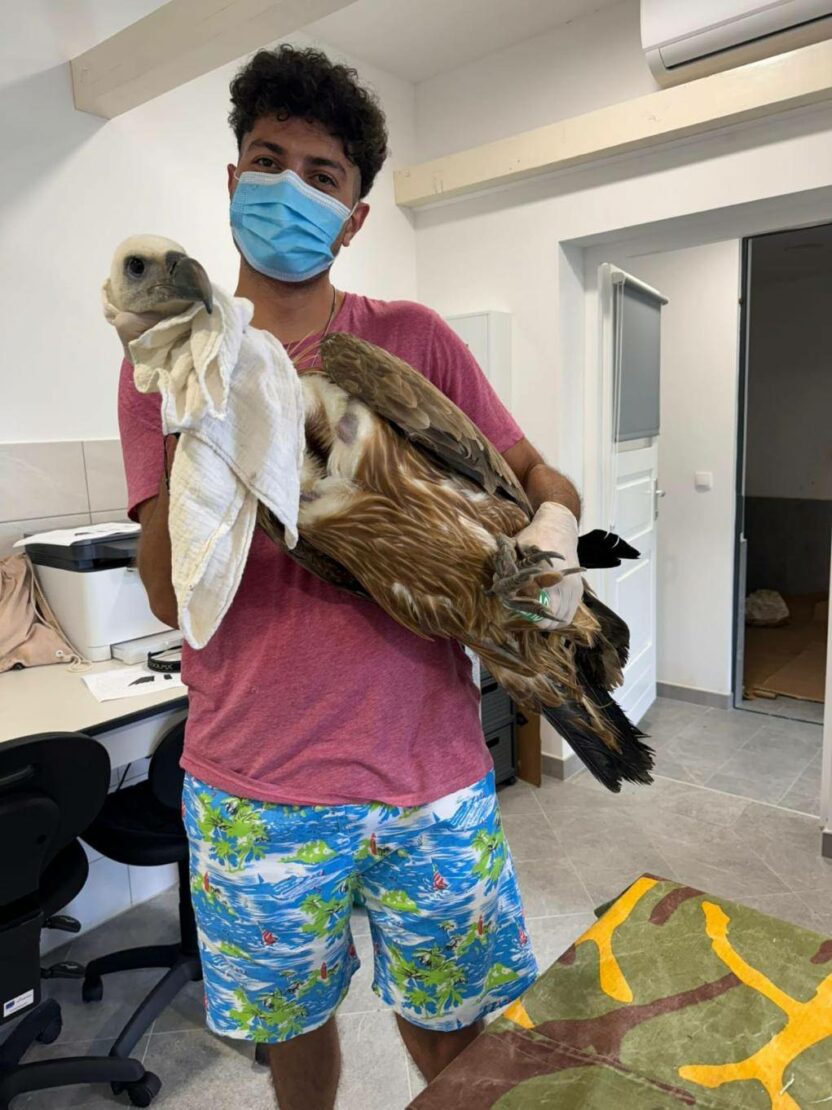
I spent my summer volunteering at the Griffon Vulture Rescue Center on the island of Cres, where we rescued juvenile vultures that had fallen into the sea. This unique population breeds on sea cliffs, and fledglings sometimes end up in the water when disturbed by coastal tourism. Prompt rescue efforts are essential to their survival, making this hands-on experience both urgent and rewarding. Additionally, we actively worked in the feeding station on the island which supports the vultures.
2. LIFE Tetide Project: Protecting Mediterranean Seabirds
The LIFE Tetide project focuses on conserving three seabird species: Yelkouan Shearwaters, Scopoli’s Shearwaters, and European Storm-Petrels, across the Mediterranean islands of Italy, Malta, and Croatia. Invasive alien species (IAS), particularly rodents and non-native plants, pose severe threats to these seabirds by preying on eggs and chicks or altering critical habitats. The project aims to implement biosecurity measures, improve detection systems, and respond rapidly to new IAS incursions.
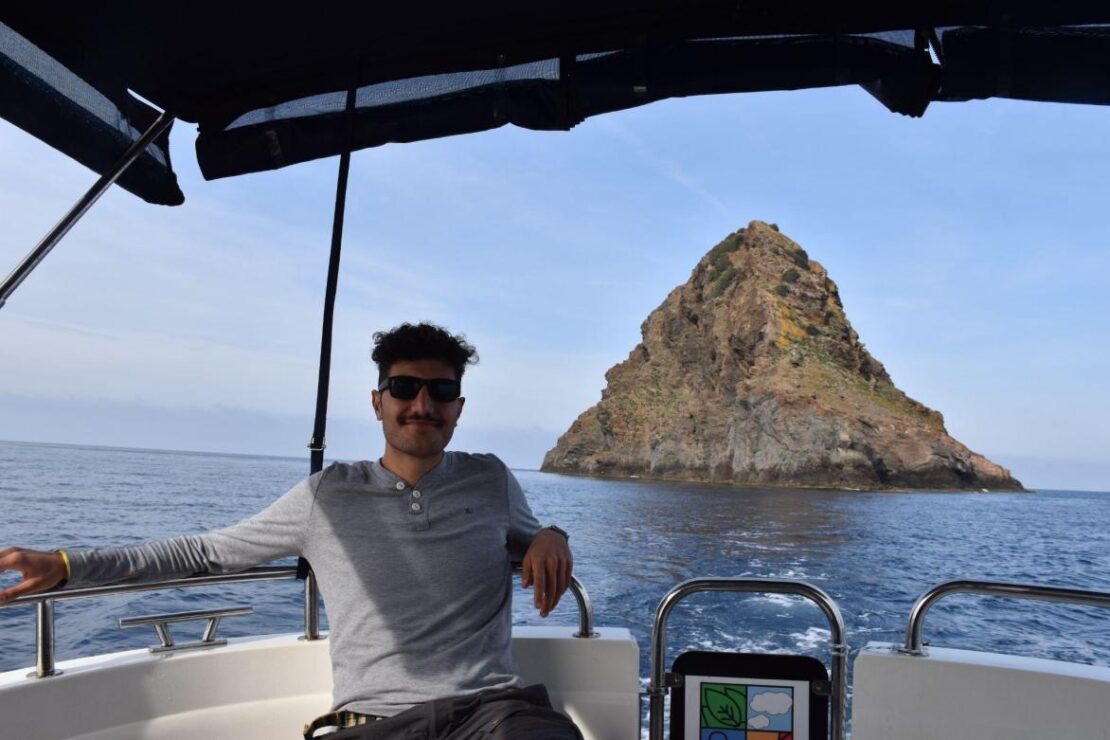
As part of this initiative, I traveled to several Croatian islands to monitor the breeding success of shearwaters and participated in black rat eradication efforts to safeguard nesting colonies. For example, the remote Vis archipelago is in addition to the “typical” Mediterranean birds, such as Yellow-legged Gulls and European Shags, is home to Croatia’s largest colony of Eleonora’s Falcons. This remarkable bird of prey is unique due to its late breeding season, which coincides with the autumn migration of passerines.
IAS control work resonated deeply with me, as I have been actively advocating for awareness about the devastating impact of invasive mammal species, including raccoons and nutria, on native ecosystems in the Caucasus region. This hands-on experience not only broadened my understanding of how human-introduced species can wreak havoc on pristine biodiversity but also allowed me to explore the wonders of the Adriatic Sea and its islands, evoking imagery straight out of legendary tales.
Beyond Fieldwork: Education and Community Engagement
A key part of my ESC experience was public outreach and education. I helped organize bird nest box building workshops, led free weekend birding trips around Zagreb, and gave school presentations to engage children and youth in wildlife conservation.
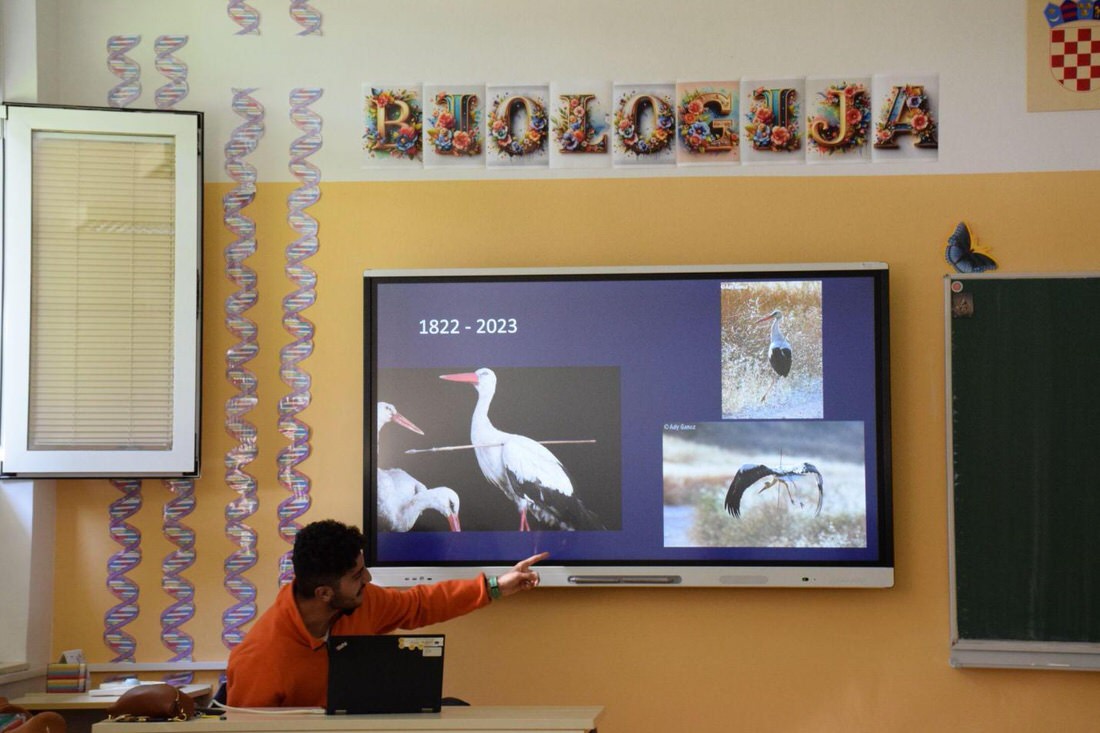
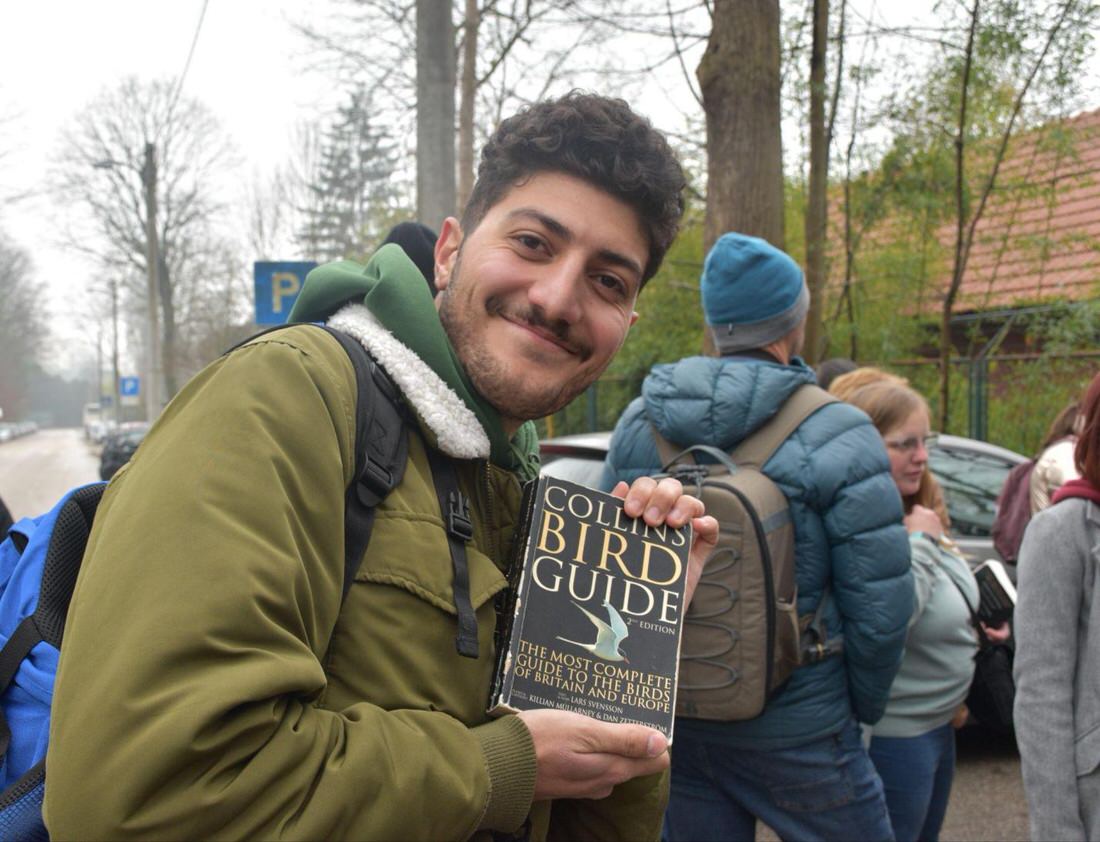
Similarly, I participated in bird ringing camp in Ucka National Park. As any ornithologist knows, bird ringing is not just a scientific effort to better understand movements but a great opportunity to bring the public audience closer to the amazing world of birds. Not just I learned indepth knowledge about bird ringing methodologies also gained information about how to treat injured birds.
I am hopeful that one day we can do a similar bird ringing camp in our OSME supported Behsbarmag Bottleneck Project where over 300 migrant bird species are recorded through annual visual counts.
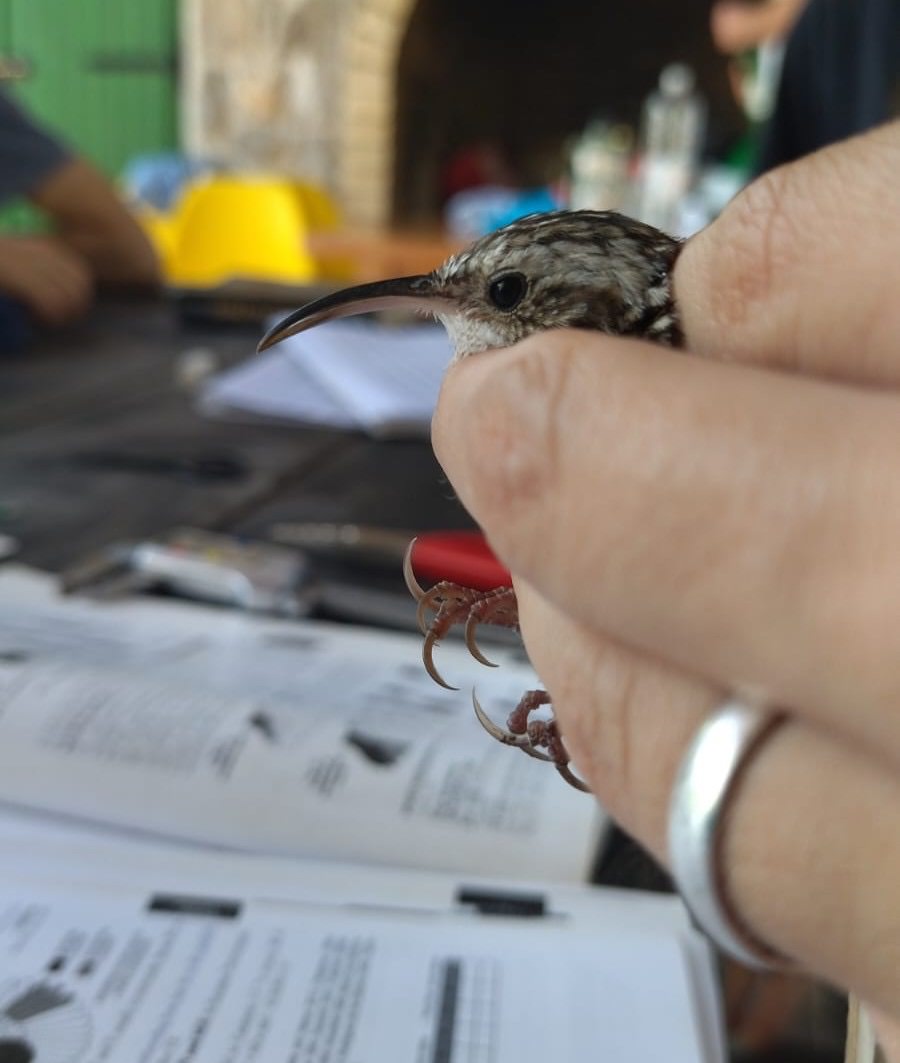
These activities underscored the importance of nurturing a love for nature in younger generations. Fostering this connection is crucial for a sustainable future everywhere, but especially in the OSME region, where rapid economic growth presents increasing threats to biodiversity. Given the limited financial opportunities, I am certain some readers can relate to the challenges of conservation, despite their strong passion and commitment.
Financial Support and Accessibility
One of the greatest advantages of participating in an ESC project is the comprehensive support provided by European Union. Living expenses, including accommodation, are covered, and volunteers receive a monthly stipend for food and personal expenses. Additionally, I was fortunate to receive OSME’s Youth Travel Bursary, which alleviated financial challenges and allowed me to contribute to this meaningful endeavor and learning experience!
Sadly the number of opportunities you can apply varies based on your country of origin, but I still encourage any youth to participate in an ESC project of your choice as volunteering experiences aren’t limited to nature conservation and there are many other opportunities ranging from humanitarian aid to education and other.
Reflecting on my journey, I am more motivated than ever to advocate for biodiversity conservation in Azerbaijan and beyond. I strongly encourage young people across the OSME region to explore opportunities like ESC. These programs offer a unique blend of professional experience, cultural exchange, and personal fulfillment—an investment in both yourself and the world that will yield lifelong rewards.


